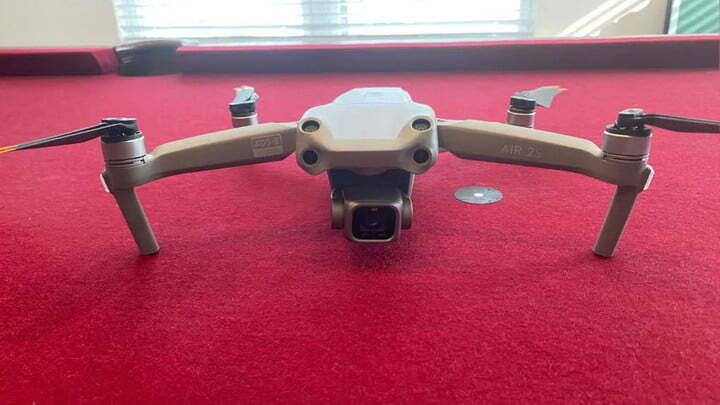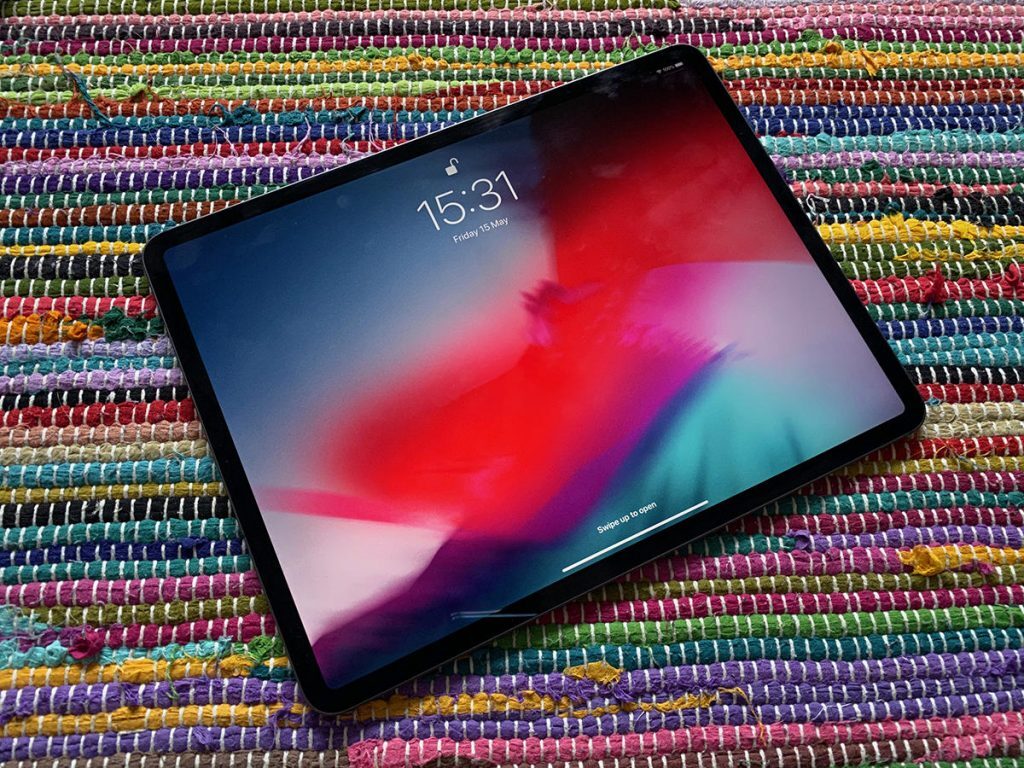Rumour has it DJI could drop a new drone this week

DJI, the folks behind the most popular drones to grace the consumer marketplace, may have a new creation seeing the light of day very soon. The company is expected to reveal a new iteration of the Mavic Air 2, which is reportedly being labelled as the Air 2S. So not a full on sequel but more of an update, we guess?
The DJI Mavic Air 2S will be the company’s first consumer-targeted drone to shoot in 5.4K, which is a stupidly high resolution. The flight range been boosted from 10km to 12km and the CMOS sensor increased to 1-inch, up from the half-inch image sensor found in the last iteration. While these are all still rumours, the source for the leak, OsitaLV, has proven correct more than a few times in the past. The DJI Mavic Air 2S will seemingly be unveiled this Thursday, 15 April.
Source: Digital Trends
Reports say that a new iPad is on the way but stock may be a problem

It’s no secret that the world of tech is undergoing a severe shortage of parts and that this is causing major issues with the stock of tech products. The next iPad will allegedly be no different. According to a report from Bloomberg, it seems Apple is struggling to meet its expected supply yield, specifically for the Mini LED display meant to be one of the biggest new additions to the Apple-developed tablet. Production of the new iPad s reportedly delayed due to the lack of display components but according to the same Bloomberg report, an official announcement of the devices is still expected in the next month.
The smaller version of the new iPad, which doesn’t feature the Mini LED screen, will reportedly ship earlier than the larger version. Both models will be equipped with faster processors, promising performance increases similar to what we’ve seen in the Apple’s new range of Macs and smartphones.
Source: The Verge
Check out this Optimus Prime toy that can transform by itself

We all know that the Transformers universe (those series, comic books and movies) were created to sell toys but when said toys are this cool… well, it makes sense. Hasbro has shown off the company’s latest new Transformers toy: A 19-inch figure of Optimus Prime that transforms by itself. By simply clicking a button, the leader of the Autobots can shift between his vehicle form and his robot form, thanks to a bunch of mechanisms within the toy itself.
This Optimus isn’t just any old action figure, it sports around 5,000 components, 27 servomotors and over 60 microchips that allow that seamless transformation. It’s controlled with a companion mobile app but if you’d rather just shout at it to do stuff, Optimus also comes with voice commands. The end result is a toy that’s equal parts awesome and disgustingly expensive. It’ll cost you $700 (or roughly R10,250 at the time of writing) which is a lot. But for something this cool? Yeah, we get it.
Source: The Verge
Neuralink shows off the power of its brain chip using a monkey playing Pong

That’s a sentence that reads like it was ripped from the pages of a satirical cyberpunk story. Neuralink, the Elon Musk-helmed company that wants to create a tangible connection between the human brain and a PC, has shown off its progress with a video of a monkey playing Pong… with nothing but its brain. The Macaque monkey is able to play the game, sliding the paddle up and down the screen, all through the wireless connection between the chip in its head and the computer it’s playing on. It’s both unnerving and cool at the same time.
The N1 Link, the chip inserted into the Macaque’s brain, consist of 1,024 electrodes that continuously read and deploy signals from the brain back to a computer. According to Neuralink, the company wants to, “build a safe and effective clinical BMI system that is wireless and fully implantable that users can operate by themselves and take anywhere they go; to scale up the number of electrodes for better robustness and higher information throughput; and to automate the implant surgery to make it as rapid and safe as possible.”
Source: Engadget



